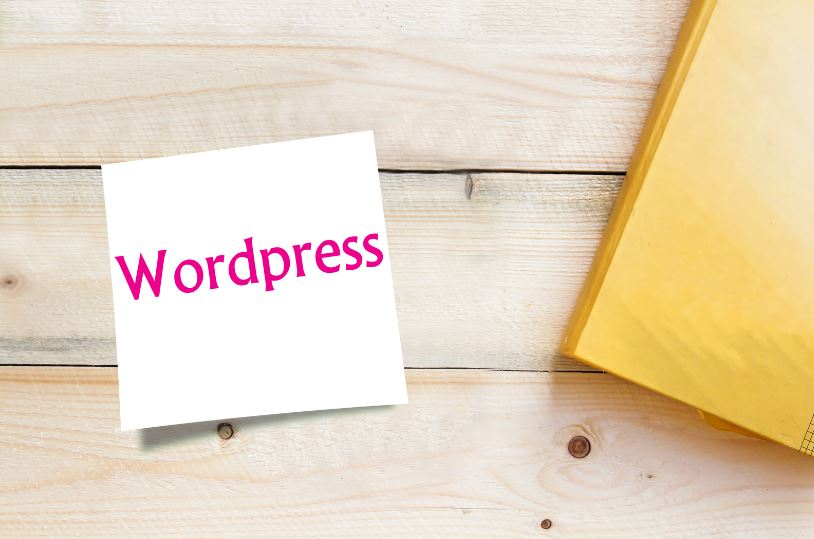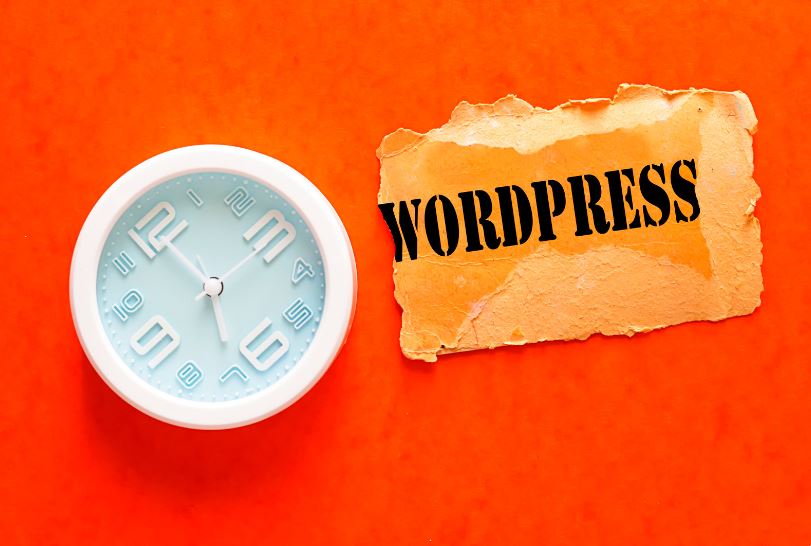Last Updated on
Ultimate Guide to Accessible WordPress Themes in 2023
Every website owner knows the significance of using a suitable theme to attract visitors. This guide highlights some of the most accessible WordPress themes that can revolutionize your digital presence.

1. Astra: A Star of Accessibility
Astra, renowned for its lightweight structure, facilitates rapid loading. This theme’s sleek design doesn’t compromise on accessibility, with a multitude of customization options and ADA-compliant widgets right at your fingertips. Seamless navigation, flexible layouts, and SEO-friendliness cement Astra’s position as a pinnacle in accessible WordPress themes.
2. Divi: Creating a Visually Stunning Experience
Divi is a well-rounded theme and page builder, boasting a sleek drag-and-drop interface that’s a joy to navigate. Divi’s ease of use extends beyond its design interface. The result is an elegantly accessible website offering intuitive navigation, robust keyboard controls, and a flawless screen reader experience.
3. AccessPress Parallax: A 3D Perspective
AccessPress Parallax capitalizes on the trendy parallax effect while maintaining exceptional accessibility standards. This theme proves that stylish design and user accessibility aren’t mutually exclusive. AccessPress Parallax ensures a user-friendly browsing experience, whether you’re sighted or rely on assistive technology.
4. OceanWP: Deeply Immersive
OceanWP takes usability to new depths. It strikes an impressive balance between aesthetic appeal and functionality, providing fully customizable layouts and a user experience that is fully accessible to all. The SEO-optimized coding and compatibility with top WordPress plugins make it a serious contender for those prioritizing accessibility.
5. Neve: Simplicity Meets Sophistication
Neve believes that less is more. It’s a minimalist theme that stays true to the principles of accessibility, with clean lines, ample white space, and easy navigation. It offers myriad customization options without compromising accessibility or loading speed.
6. Hestia: Modern, Material Design
Hestia’s design philosophy stems from a modern, material approach. It brings the best of the physical and digital world to your fingertips, creating an accessible, intuitive interface. Hestia’s SEO-optimized framework, compatibility with major WordPress plugins, and seamless integration with page builders make it a top pick for accessible WordPress themes.
7. Schema Lite: Structured for Success
Schema Lite, an ultra-fast, SEO-optimized theme, is a go-to choice for bloggers and small businesses. It’s solid structure and clean code make for easy navigation, while the built-in review system and rich snippet support enhance its search engine performance. Despite its lightweight design, Schema Lite excels in accessibility, ensuring your website is readily available to every visitor.
8. Zakra: Multipurpose Versatility
Zakra demonstrates how versatility and accessibility can coexist harmoniously. It’s a multipurpose theme, ready to handle everything from eCommerce stores to corporate websites while ensuring accessibility. The music is easy to customize, SEO-friendly, and compatible with major page builders.
9. GeneratePress: Building with Blocks
GeneratePress stays true to the block-based design of Gutenberg, marrying accessibility with modern web design. It’s a lightweight, SEO-optimized theme that leaves no stone unturned in ensuring your website is accessible to all, regardless of their abilities or devices.
10. Sydney: Designed for Businesses
Sydney shines as an accessible WordPress theme for businesses. It is well-suited for creating a robust online presence, complete with full-color control, access to Google Fonts, and customizable header options. Sydney doesn’t sacrifice accessibility for design, proving that business websites can be visually appealing and user-friendly.
These accessible WordPress themes represent website design’s crème de la crème. They balance usability with aesthetic appeal, ensuring an unrivaled user experience while keeping your site fully accessible. Choose one of these themes and step towards creating a more inclusive digital world.
FAQs
How do I make my WordPress site accessible?
To make your WordPress site accessible, you can follow these guidelines and best practices:
- Choose an Accessible WordPress Theme: Select a theme designed with accessibility. Look for pieces labeled as “accessible” or meet accessibility standards, such as the Web Content Accessibility Guidelines (WCAG).
- Use Responsive Design: Ensure your site is responsive and adjusts to different screen sizes and devices. This helps users with disabilities who may be accessing your site on mobile devices or using assistive technologies.
- Use Proper Heading Structure: Organize your content using proper heading hierarchy (H1, H2, H3, etc.). Headings provide structure and make navigating your content easier for screen readers.
- Use Alternative Text for Images: Add alternative descriptive text (alt text) to your images. Alt text provides a textual description of the image, which is essential for people who are visually impaired and use screen readers.
- Provide Transcripts and Captions: If you have videos or audio content on your site, provide transcripts for audio and captions for videos. This makes the content accessible to users who are deaf or hard of hearing.
- Ensure Color Contrast: Use sufficient color contrast between text and background to make reading the content easier for visually impaired users. WCAG provides specific guidelines for color contrast ratios.
- Provide Keyboard Accessibility: Ensure that all functionality on your site, including navigation and interactive elements, can be accessed using a keyboard alone. This is important for users who cannot use a mouse or have motor disabilities.
- Enable Accessibility Plugins: There are several WordPress plugins available that can assist with accessibility improvements. For example, plugins like “WP Accessibility” or “Accessibility Widget” can help address various accessibility issues.
- Test Your Site: Regularly use accessibility tools and assistive technologies. This will help identify any accessibility barriers and allow you to make necessary adjustments.
- Educate Yourself: Stay informed about accessibility best practices and guidelines. Familiarize yourself with the WCAG standards and the specific accessibility requirements in your region.
By implementing these practices, you can make your WordPress site more accessible and inclusive to more users.
Does WordPress have an accessibility checker?
Yes, WordPress has several accessibility checker tools and plugins available that can help you assess the accessibility of your website. These tools scan your site and provide feedback on potential accessibility issues that must be addressed. Here are a few popular accessibility checker tools for WordPress:
- Accessibility Checker by Equalize Digital: This plugin is designed to help you identify and fix accessibility issues on your WordPress site. It provides a comprehensive scan of your site and generates a report highlighting areas that require attention.
- WAVE Accessibility Tool: WAVE is a web accessibility evaluation tool offering Chrome and Firefox extensions. It allows you to test the accessibility of your site directly from your browser by analyzing individual web pages and providing detailed feedback.
- a11y Accessibility Toolbar: This WordPress plugin adds an accessibility toolbar to your site, allowing you to test various accessibility features and settings. It provides options to change text size, color contrast, highlight links, and perform other accessibility checks.
- Tenon.io: Tenon.io is an online accessibility testing tool that integrates with WordPress through its plugin. It scans your site for accessibility issues and generates reports with actionable recommendations.
These tools can be valuable in identifying potential accessibility barriers on your WordPress site. However, it’s important to note that they are not a substitute for manual testing and human judgment. It’s still essential to review the recommendations these tools provide and make necessary adjustments based on your specific site’s needs and the guidelines provided by Web Content Accessibility Guidelines (WCAG) or other relevant accessibility standards.




